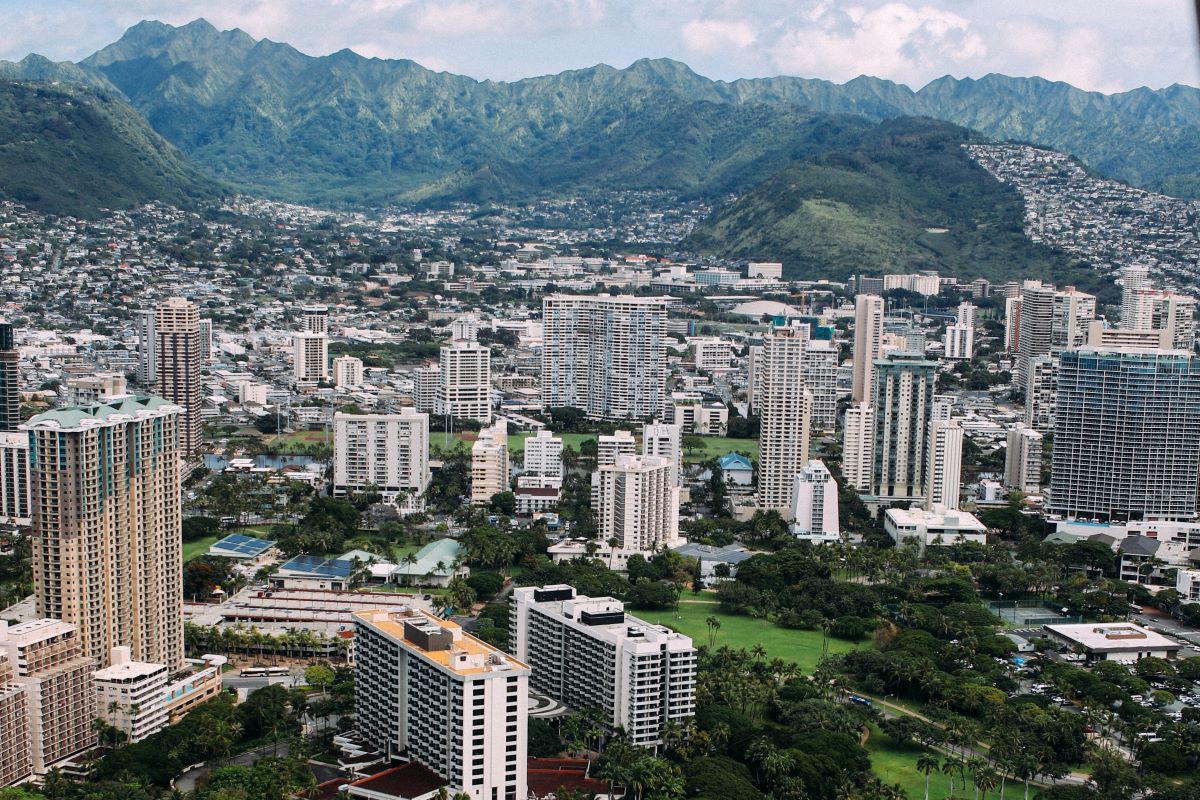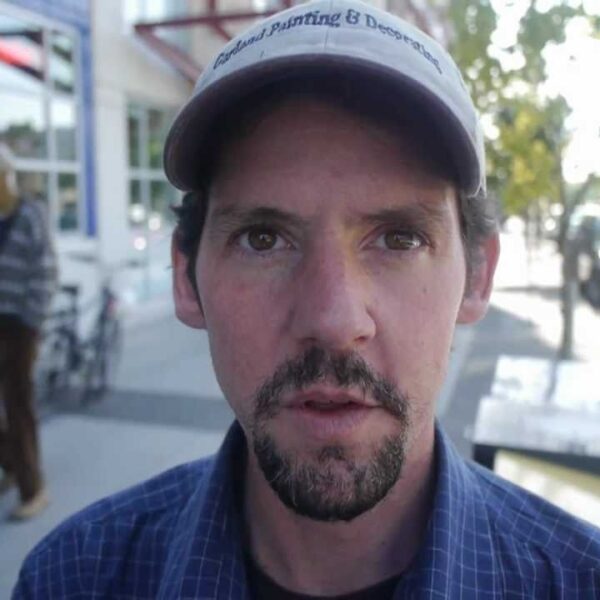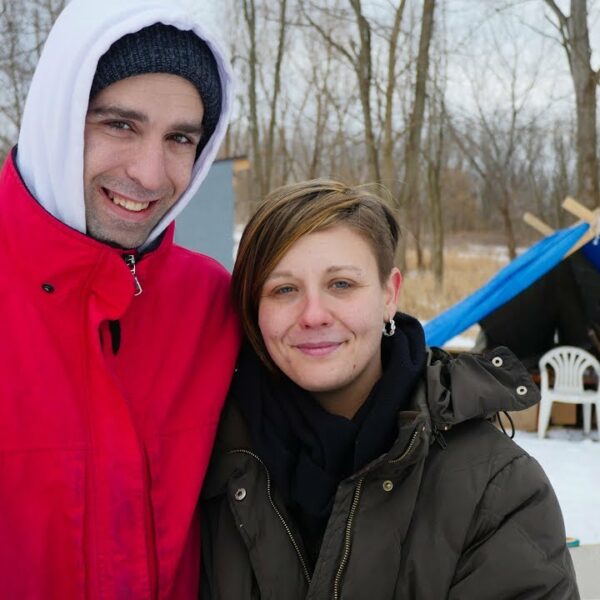Islands’ Natives Suffer Under the Weight of Foreign Investors and Rising Housing Costs
As many locals would say, my parents and I were “priced out of paradise”. Between a ridiculously high cost of living, stagnant wages, and one of the worst homeless epidemics in the nation, it’s not surprising to see so many of my friends and family leave the Hawaiian Islands.
In fact, the statistics are frightening, especially for native Hawaiians. According to Hawaii’s Lieutenant Governor Josh Green, there’s an estimated:
- 15,000 homeless individuals in Hawaii
- 1,500–2,000 chronically homeless individuals. (Chronically homeless indicates people who have been homeless for six or more months with a mental and/or physical health condition.)
- The average life expectancy for Hawaii’s homeless people is 53 – almost 30 years less than the general population
- Hawaiian homeless people suffer high rates of mental illness, addiction and PTSD
- Disproportionately Native Hawaiian
My parents finally left Oahu and relocated to Washington state a few years ago. Aside from my father’s agricultural business, which was suffering under economic strain, there was simply nothing left for them in Hawaii. With a modest income and lifestyle, they certainly couldn’t afford to purchase a home there. Clearly, it was time to move on.
The reality and threat of homelessness has loomed overhead for many of my peers.
I have a disturbingly high percentage of childhood friends who have experienced homelessness in their youth. In fact, a title, or I suppose, stereotype, has emerged from this epidemic: “street kids”. These kids, often teens, live in tent cities along the Wai?anae Coast and M?kaha Valley. They get picked up by public school buses right on the beach. They are runaways who frequent drop-in centers because of unstable conditions at home. Sometimes this is due to a drug problem in the family. Most of the time, it was simply a teenager kicked out of their parent’s home for one reason or another.
Street kids live in vans with their extended family, often parked in shaded lots along public beaches with numerous restrooms and showers. They sit on curbs outside of 7 Elevens. My husband became a street kid when his father died. I was a street kid for a time. Most of my childhood friends were street kids, and we all frequented these locations.
Over the last decade, the cost of living continued to surge. Gentrification birthed new malls and shopping centers in formerly bare cities and lower-income neighborhoods. This is especially true on the western side of the island, where my family and I are from. Wages have not followed suit, leaving many low- and middle-class families behind. Meanwhile gentrification welcomed foreign investors and upper-class, rich mainlanders a paradise, that is, ironically, no longer a paradise, for or because of them.
In the news article Priced out of Paradise: Mainland, foreign buyers snapping up Hawaii homes, we learn that U.S. Mainlanders and foreign citizens bought more than a quarter of the homes sold in the islands since 2008.
According to an even more staggering state report: “Nearly 47% of Neighbor Island homes were sold to out-of-state residents over the same period.” The report sheds new light on the state’s “hot” housing market, where demand is far outstripping supply and driving up home prices.
Furthermore, the percentage of out-of-state purchases on the Neighbor Islands was much higher. In Maui County, mainlanders and foreign buyers purchased 52% of homes . Out-of-state residents purchased 45% of Kauai homes. In Hawaii (Big Island) County, the figure was 44%.
Sure, this is quite lucrative and very rewarding for upper-class, rich real estate agents and their investors. But for those families who have lived in Hawaii for generations – including mine, who immigrated from the Philippines four generations ago, to work the sugar plantations – it has forced us out of the place we have called home for decades. Even more important are the Native Hawaiians whose land was quite literally stolen and then bought again, right out from under them. This is nothing short of a disgrace to their people and for the state of Hawaii.
I remember spending the summers weeding and re-potting various native plants for one of my father’s clients.
He aided their gardens, tended to fruit trees, as well as mowed lawns and trimmed hedges. For some, he had done it for nearly 20 years. Eventually, even his clients could no longer afford such services, and in some cases, even their homes. He saw clients, whom he considered friends, eventually sell their homes and move to the states, because it just made the most sense.
Today, the homeless crisis continues to be a huge concern for the state of Hawaii.
But creativity has been embraced to combat it. The HONU Program, a short-term mobile tent camp for homeless, has been described as “wildly successful”. William Cole, reporter for the Honolulu Star Advertiser tells us about this program. With inflatable tents at Waipahu Cultural Garden Park, offering short-term shelter 24 hours a day, the HONU Program has already been a big success in its first two weeks.
The HONU (Homeless Outreach and Navigation for Unsheltered Persons) effort will move every 90 days, with two such camps expected to eventually operate simultaneously.
“We’ve only been open for two weeks, and we’ve been wildly successful,” said Honolulu Police Capt. Mike Lambert, who came up with the idea and is the department’s point man on homeless efforts. “We’ve already been able to place over 40 people into shelter — which far exceeds what we had hoped for in the opening.”
The next location for the roving shelter, which has a police and outreach presence, may be somewhere in the McCully or Moiliili area, where many complaints have been received about large homeless encampments.
All the while, I think about those tent cities along the coast of Wai?anae, tin-roof homes off the outskirts of Waipahu, my hometown. I reminisce walking through those overgrown canals in the middle of day, with the sun beaming down on my shoulders, during those very hot summers, with former, and some still, street kids.
Photo courtesy of Colton Jones via Unsplash.













